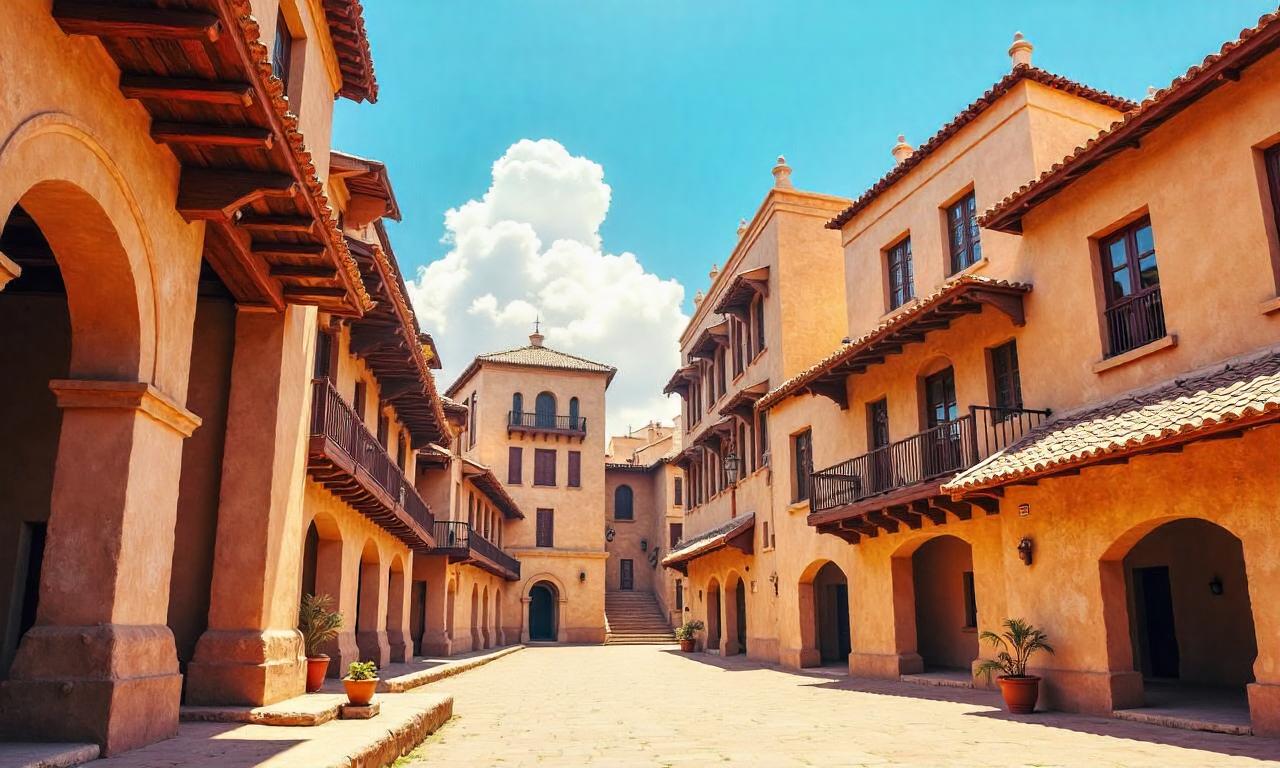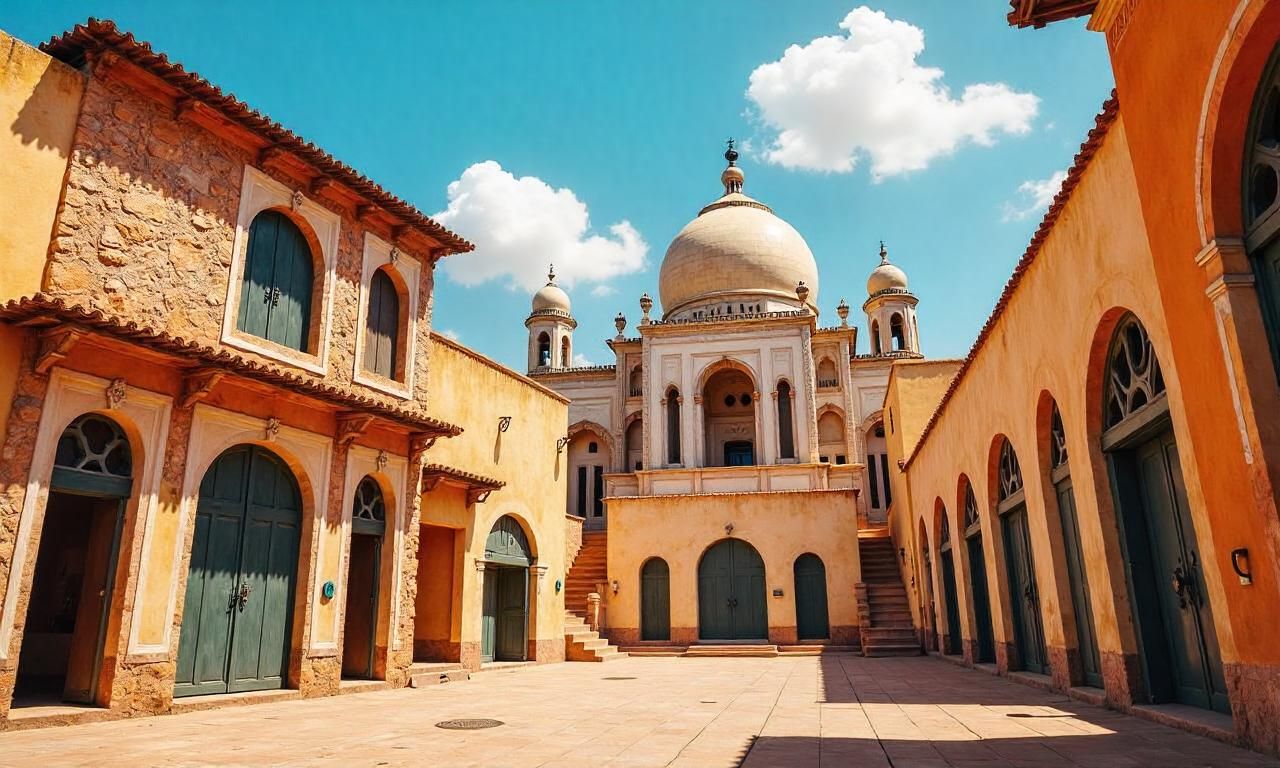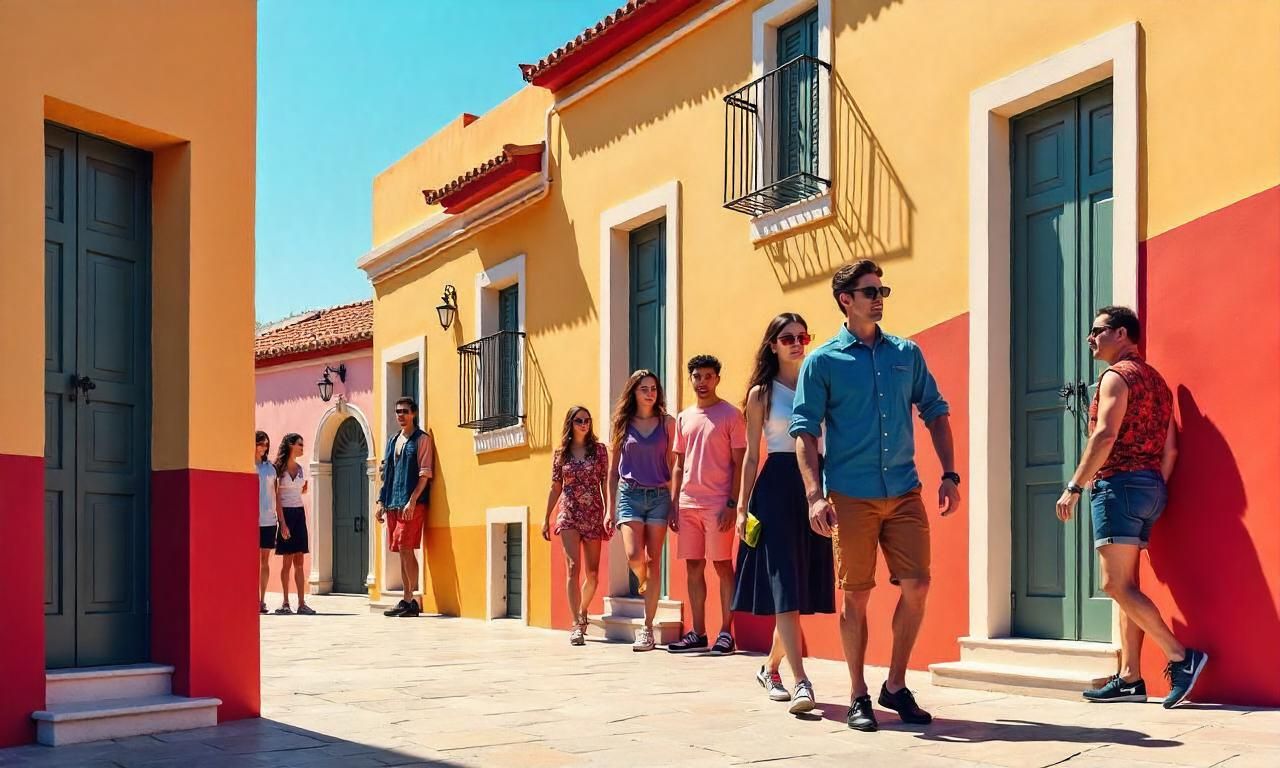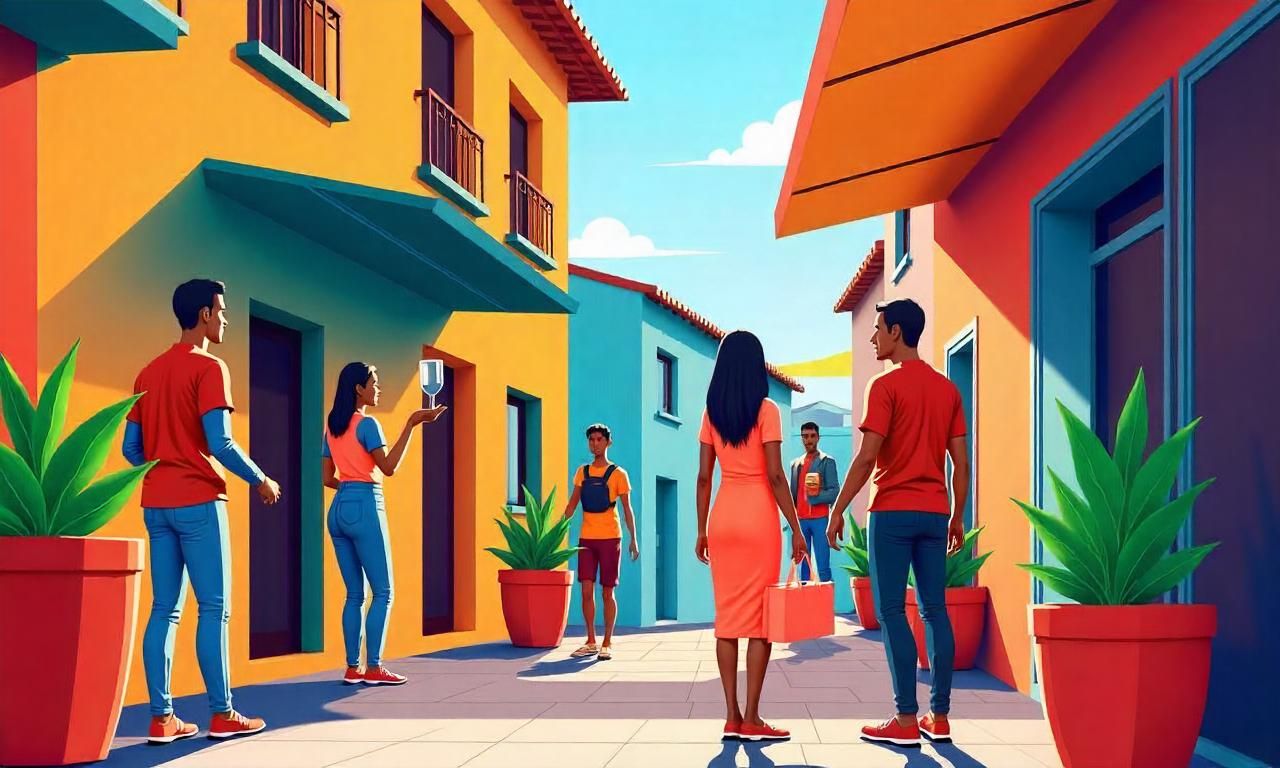Cultural heritage is the foundation of a society’s identity, carrying the values, traditions, and stories that have shaped human history. As modernization accelerates and global influences grow, it is crucial to find effective ways to preserve cultural heritage for future generations. Whether through tangible artifacts, intangible practices, or digital archives, safeguarding cultural heritage ensures that the rich tapestry of human diversity remains intact. This article explores five ways to preserve cultural heritage, each offering unique strategies to protect and promote cultural identity in a rapidly changing world.
Table of Contents
ToggleUnderstanding the Importance of Cultural Heritage Preservation
Cultural heritage encompasses both physical artifacts—such as historical buildings, monuments, and artworks—and intangible elements, including language, customs, and oral traditions. These elements are not just relics of the past; they are living expressions of a community’s collective memory. When cultural heritage is preserved, it fosters a sense of belonging, strengthens community ties, and provides a bridge between generations.
Preserving cultural heritage also plays a critical role in combating cultural homogenization. In an era where global media and technology dominate, the risk of local traditions fading into obscurity is real. By actively engaging in ways to preserve cultural heritage, societies can ensure that their unique cultural practices and histories are not lost to time.
The Role of Documentation in Cultural Preservation
Documentation is one of the most fundamental ways to preserve cultural heritage. It involves recording traditions, languages, and artifacts through written texts, photographs, and videos. For example, oral histories can be transcribed to ensure that the stories passed down by elders are not forgotten. Similarly, digital archives can store vast collections of cultural materials, making them accessible to future generations.
In many regions, communities have started using audiovisual recordings to capture performances such as music, dance, and rituals. These recordings not only preserve the art form but also allow scholars and cultural enthusiasts to study and appreciate them. Additionally, historical documentation—such as maps, manuscripts, and photographs—helps maintain a visual and contextual record of a culture’s evolution.
By investing in ways to preserve cultural heritage, individuals and institutions can create a lasting legacy that transcends physical boundaries. This is especially vital for endangered languages, where written records and linguistic databases can prevent extinction.
Promoting Cultural Education for Future Generations
Cultural education is another key way to preserve cultural heritage. Teaching younger generations about their history, traditions, and values ensures that they grow up with a deep appreciation for their roots. Schools, museums, and community programs can all play a role in this process.
Incorporating local history into school curricula helps students connect with their cultural background. For instance, language classes that include traditional songs, proverbs, and dialects can reinforce linguistic diversity. Similarly, cultural workshops and hands-on activities—such as traditional crafts or cooking—allow children to engage with heritage in a meaningful way.
Beyond formal education, informal learning through storytelling, festivals, and family traditions is equally important. Parents and grandparents can pass down folklore and customs, creating a personal link to the past. When cultural education is prioritized, it empowers individuals to take pride in their heritage and become its custodians.
The Power of Community Involvement in Cultural Preservation
Community involvement is a cornerstone of ways to preserve cultural heritage. Local initiatives often provide the most authentic and sustainable methods of maintaining traditions. For example, cultural festivals not only celebrate heritage but also attract younger audiences who may otherwise overlook it.
Collaborative projects such as traditional craft workshops or heritage walking tours can bring communities together. These activities encourage participation and create shared experiences that reinforce cultural identity. Additionally, local artisans and elders can mentor younger members, ensuring that skills like weaving, pottery, or music are passed down.
Grassroots organizations often lead these efforts, as they understand the specific needs and values of their communities. When cultural preservation becomes a collective responsibility, it fosters resilience against external influences and promotes intergenerational continuity.
Leveraging Technology to Enhance Cultural Preservation
Technology has revolutionized ways to preserve cultural heritage, offering innovative tools to document and share traditions. Digital platforms, virtual reality, and social media have made it possible to preserve intangible heritage in ways that were once unimaginable.
For instance, 3D scanning and digital modeling can create virtual replicas of historical sites, allowing people to explore them even if they are physically inaccessible. Online repositories can store manuscripts, photographs, and audio recordings, ensuring they are protected from damage or loss.
Moreover, social media campaigns can raise awareness about cultural practices, encouraging younger generations to engage with their heritage. Interactive apps and educational games can also make learning about history and traditions more accessible and engaging.

By embracing technology, communities can expand the reach of their cultural heritage. It also provides a way to preserve cultural heritage in the face of modernization, ensuring that even as the world changes, cultural elements remain relevant and alive.
Digital Archives: A Modern Solution for Cultural Heritage
Digital archives are a powerful way to preserve cultural heritage. These repositories can store vast amounts of data, including texts, images, and videos, making them accessible to anyone with an internet connection. For example, online museums and digital libraries allow people to explore artifacts and historical documents from anywhere in the world.
One notable example is the UNESCO Memory of the World Register, which digitally preserves significant documents and records from diverse cultures. Similarly, cultural heritage databases help track and document endangered languages, traditions, and historical events. These tools are especially valuable in regions where physical preservation is challenging due to environmental or political factors.
Additionally, cloud storage and data backup systems ensure that cultural materials are not lost to disasters or technological failures. By creating digital copies of cultural artifacts, communities can safeguard their heritage against the passage of time.
Protecting Physical Cultural Heritage Through Conservation
Preserving physical cultural heritage requires dedicated conservation efforts. Historical sites, monuments, and traditional artifacts are tangible representations of a culture’s past, and their protection is essential. Restoration projects can revitalize ancient structures that are at risk of decay. For instance, architectural preservation techniques are used to maintain traditional buildings while adapting them for modern use. Similarly, museum conservation ensures that artifacts are stored and displayed under optimal conditions. Cultural sites such as temples, libraries, and craft villages must be maintained through sustainable practices. This includes using eco-friendly materials, restoring historical designs, and implementing security measures to protect against vandalism or natural disasters.
By investing in ways to preserve cultural heritage, governments and private organizations can ensure that physical landmarks remain as symbols of cultural identity for centuries to come. This not only honors the past but also provides educational and tourism opportunities for the future.
Community-Led Conservation: A Sustainable Approach
Community-led conservation is a vital way to preserve cultural heritage. When local populations take ownership of their cultural sites, they are more likely to maintain them long-term. This approach ensures that preservation efforts are culturally relevant and economically sustainable.
For example, indigenous communities often manage their own sacred sites and traditional practices, ensuring they remain rooted in their cultural context. Local conservation groups can also work with government agencies to develop preservation strategies that balance heritage protection with modern development.
Public-private partnerships further enhance conservation efforts. By combining resources and expertise, these collaborations can fund restoration projects, create awareness, and educate the public about the value of cultural heritage. This collective effort ensures that preservation is not just an academic pursuit but a shared responsibility.
Conclusion
Preserving cultural heritage is a multifaceted endeavor that requires a combination of ways to preserve cultural heritage. From documentation and education to community involvement and technology, each approach contributes to the continuity of cultural identity.
By prioritizing these methods, societies can ensure that their traditions, languages, and histories are not lost to time. Whether through digital archives, cultural festivals, or restoration projects, the goal remains the same: to pass on a rich and diverse heritage to future generations.
In a world that is constantly evolving, ways to preserve cultural heritage must be adaptable and inclusive. Engaging communities, leveraging technology, and fostering education are essential steps in this journey. Together, these efforts can create a legacy that honors the past, inspires the present, and guides the future.
The Lasting Impact of Cultural Preservation
Cultural preservation has a lasting impact on both individuals and society. When people learn about and engage with their heritage, they develop a deeper understanding of their roots, which can shape their personal and collective identity. This connection to history fosters resilience, creativity, and a sense of purpose.
Moreover, preserving cultural heritage can drive economic growth by promoting tourism, crafts, and local industries. For instance, cultural tourism allows visitors to experience traditional practices firsthand, generating income for communities while raising awareness. Local artisans who are supported through heritage preservation programs can thrive in a global market while maintaining the authenticity of their craft.
In summary, the importance of ways to preserve cultural heritage cannot be overstated. It is through these efforts that we ensure the survival of traditions, languages, and customs for generations to come. By taking action today, we can safeguard the cultural richness that defines our humanity.















